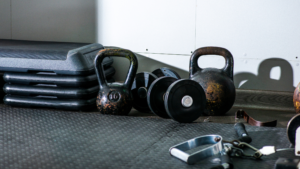
5 Reasons Women Should Strength Train
Here’s the thing, I live in a social media bubble where I surround myself with women lifting weights, getting strong and generally being freaking badass human beings. Yet when I walk into most gyms, this isn’t exactly what I’m seeing.







2 thoughts on “5 reasons why women should strength train differently to men”
Pingback: Maximise Your Training Using Supersets | Andy Vincent PT
This was a super interesting read, thank you so much for taking the time to write this article!